Throughout the country, there are various legends and stories about Kōbō Daishi that can be found in many places. However, it is not widely known that there is one here in Taragi Town.
In the southernmost part of Taragi Town, bordering Miyazaki Prefecture, there is a hidden gem called Tsukigi, a truly secluded place. And indeed, even here, there is a story associated with Kōbō Daishi.
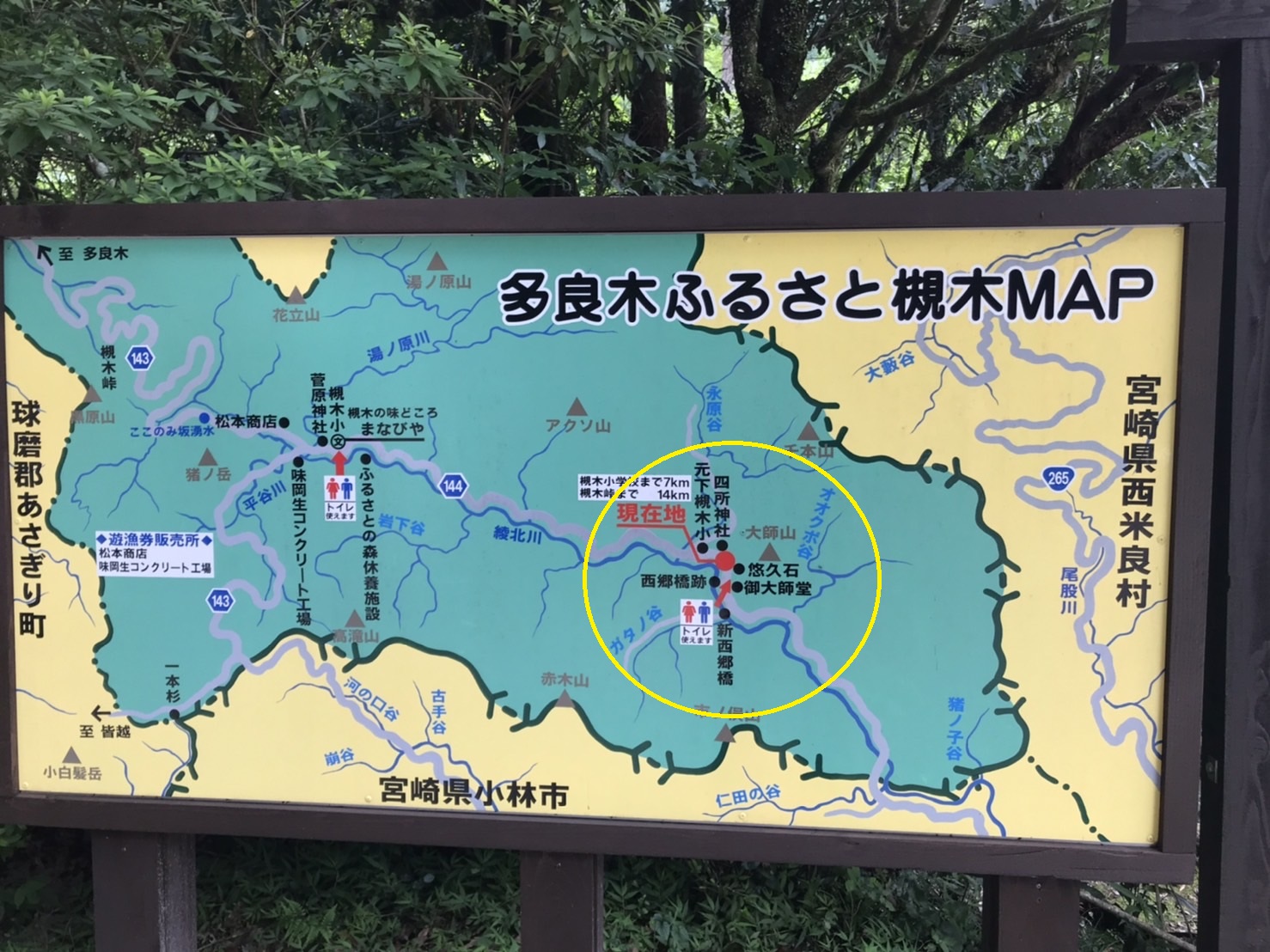
The location you mentioned, indicated by the yellow circle, is where “Daishi” mountain is situated. At the foot of the mountain, there is a settlement (koaza) called “Odaishi,” and within that settlement stands the “Statue of Kōbō Daishi at Tsukigi Daishidō.” This statue is also recognized as a cultural asset of the Japanese heritage.
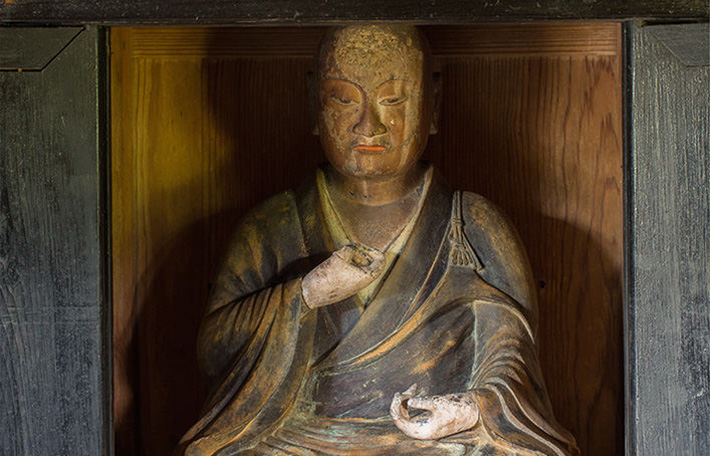
Indeed, geographically speaking, the Tsukigi area is located in a mysterious and enigmatic position.
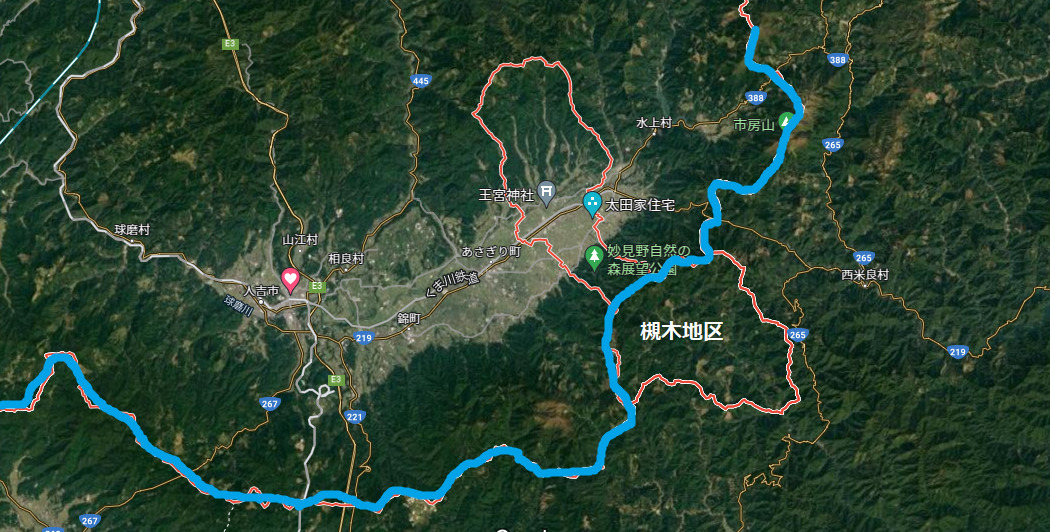
The blue line corresponds to the ridge line of the Kyushu Mountains, which rises high and surrounds the Kuma Basin.
The red line represents Taragi Town, and its southern edge forms the border with Miyazaki Prefecture. As you can see, apart from Taragi Town, all other borderlines follow along the ridge line.
Although the Tsukigi district is geographically located entirely on the side of Miyazaki Prefecture, it is curious that it belongs to Taragi Town in Kumamoto Prefecture. It seems that the reason for this is largely influenced by historical background.
It is said that the Sagara clan, who protected the Shingon sect of Buddhism, performed prayers for the safety of their territory and the surrender of enemy nations in Tsukigi, serving as the frontline in territorial disputes with the Shimazu clan. This helped strengthen their defense in the south.
source:401: Revisiting the Hidden Village of Tsukigi in Hitoyoshi Basin – “The Niutsuhime of Shisho Shrine”
It is mentioned that the Sagara clan, who protected the Shingon sect of Buddhism, had a deep connection with Kōbō Daishi. It is also evident that the nearby “Shisho Shrine” is closely associated with Kōbō Daishi.
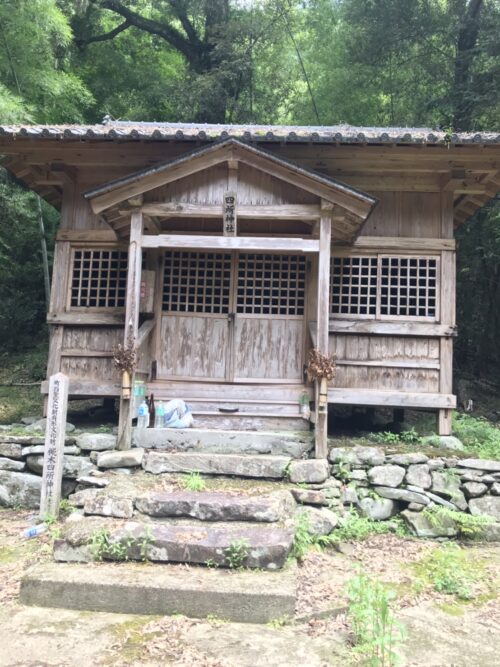

Shisho Shrine enshrines the deity Niu-tsu-hime. When we mention Niu-tsu-hime, it refers to the Niu-tsu-hime Okami, the main deity of the Niu-tsu-hime Shrine, which is also a UNESCO World Heritage site. In the shrine’s description on the website, it is mentioned as the “shrine of the deity who bestowed Mount Kōya upon Kōbō Daishi.”
The shrine that bestowed Mount Kōya upon Kōbō Daishi
Our shrine is located in the serene countryside of Amano Basin, which is compared to the heavenly plain where gods reside, as described by the essayist Masako Shirasu. For over 1700 years, it has stood as a place of worship. It is revered widely as the deity who bestowed Mount Kōya upon Kōbō Daishi, as well as a deity who purifies all calamities. The tranquil rural landscape further adds to the peaceful ambiance of the shrine.
source:NIUTSUHIME JINJA SHINTO SHRINE
There is more to come.

According to this description, it also overlaps with the narrative of mineral resource exploration in the Kyushu Mountains.
It is possible that Kōbō Daishi (Kūkai) may have conducted mercury extraction in this area.
By the way, although Shisho Shrine is expected to have four deities (Yoshiwa, Nio, Mitsumori, and Amaterasu), according to “Kumamoto-ken Jinja-shi” (Kumamoto Prefecture Shrine Chronicle), it appears that the shrine is listed with only one deity, Niu Myōjin.
The reason for this is that Kumanoza Shrine, located nearby, was considered the landowner deity (primordial deity) and may have overshadowed the role of the other deities. As a result, Kumanoza Shrine became the primary focus, leading to the exclusion of the other deities at Shisho Shrine.
I confirmed on-site as well, and indeed, as shown in the photo below, Kumanoza Shrine was located in front.

So, in other words,
If we further contemplate the implications of this story, it is said that Kōbō Daishi (Kūkai) brought Niu-tsu-hime to the area. Therefore, it can be inferred that before his arrival, people who worshipped the Kumano Sanza (Three Kumano Shrines) likely inhabited the region.
source:401: Revisiting the Hidden Village of Tsukigi in Hitoyoshi Basin – “The Niutsuhime of Shisho Shrine”
I understand that you have a desire to delve deeper into the pre-existing narrative of people who worshipped the Kumano Sanza, but it seems that the history prior to the establishment of the Sagara clan’s rule has been largely erased. Consequently, it is difficult to obtain substantial information about the history preceding the Sagara clan’s arrival in the area.
Furthermore, the extreme depopulation of this region adds to the distressing narrative, as it becomes increasingly challenging to maintain these cultural assets, which are not only valuable to the local community but also to the nation as a whole. It is indeed disheartening to witness the difficulties faced in preserving these cultural treasures.
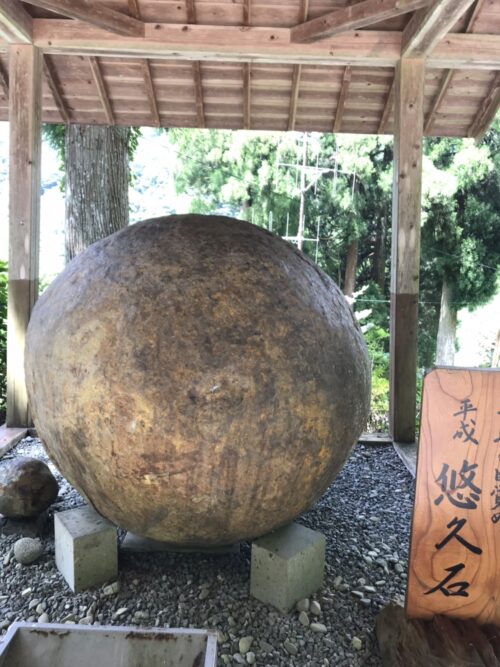
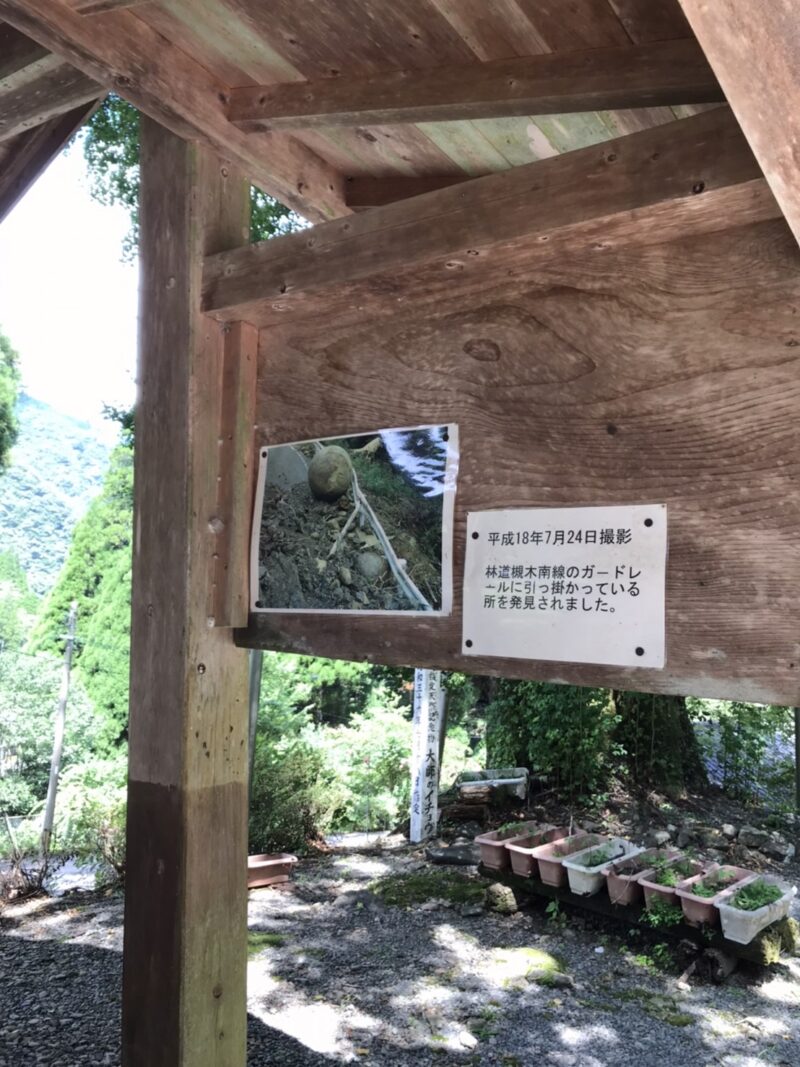
Finally, I would like to introduce the massive “Yūkyūishi” (Eternal Stone) that was found lying by the roadside near Odaishi.
The accurate name is “Millennial Awakening Heisei Yūkyūishi,” and it is believed to be a circular sandstone conglomerate formed millions of years ago that underwent weathering and erosion, causing it to crack and lose its angular shape as it was carried away over time.
From an amateur’s perspective, there might be a possibility that it is related to a mercury deposit.



